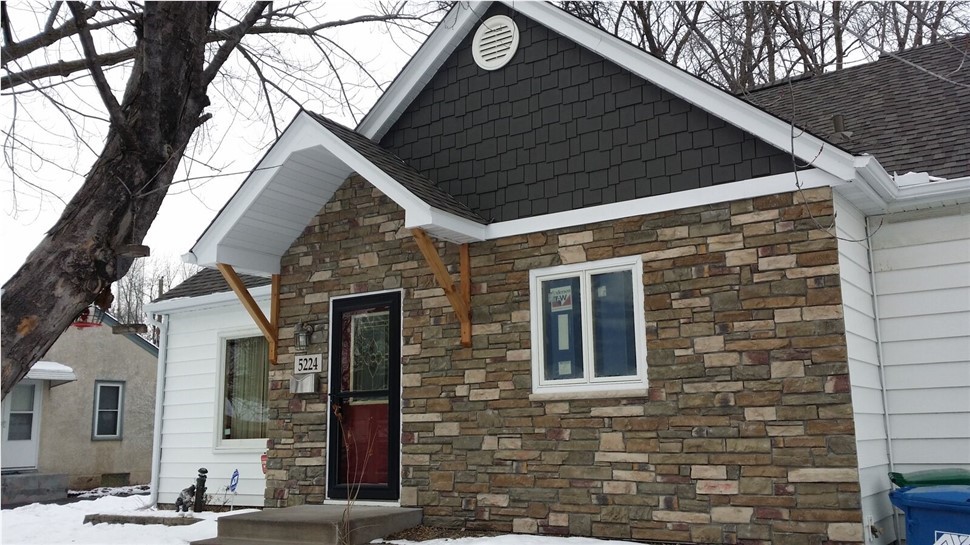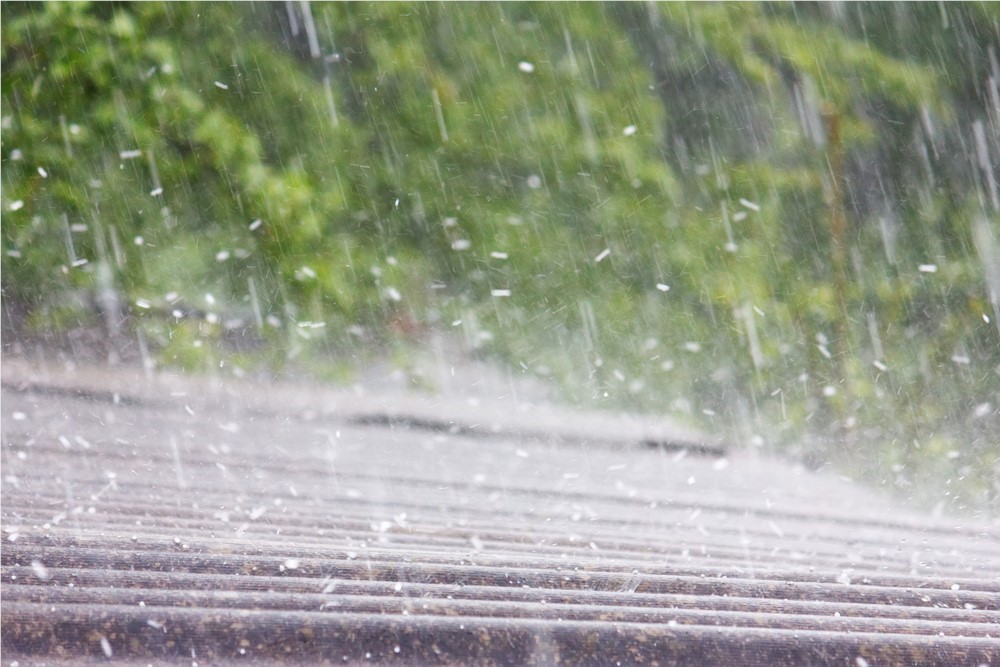 This roofing crew is installing hip flashing on this corrugated metal roof. It will prevent water from getting in where the sheets of roofing meet.
This roofing crew is installing hip flashing on this corrugated metal roof. It will prevent water from getting in where the sheets of roofing meet.
What Is Flashing and What Does It Do?
The major function of any type of exterior building material is to protect your home from outside elements - mainly water. Water can cause a whole host of problems to your home's structure and function. And just like putting layers on your body can make you more comfortable, putting layers of materials on your home can make that protection more effective.Flashing can be a made of a number of materials, but it must be waterproof. Most often it is some type of metal that won't be affected by moisture. Thin sheets of PVC can also be used. A recent entry into the flashing market is a tar-like sheet of bituminous substance. It's very sticky and flexible, but it needs to be protected from direct sunlight. There are other things than can be used to fill cracks or openings, such as caulk or spackle, but don't confuse this with flashing.
When it comes to water, keep in mind that it is highly affected by gravity. Ultimately it flows downward to the ground, only stopping when it encounters a barrier it can't get through, over, under, or around. And when that happens, it pools up. (Hence, development of ice dams in the winter.) And as it flows, wherever it encounters an opening such as a crack or a gap, it will flow into that opening. The main purpose of flashing is to prevent such seepage and direct the flow of water downward and off the house. And here's where the installation matters almost more than the materials used. No seams in flashing can face uphill; that would result in water getting underneath the flashing. And some sort of other protective layer such as tar paper or house wrap needs to be installed over (not under) its upper edge.Where are some places you'll find flashing? Around any type of opening in your exterior protective surfaces. For example, flashing is required around chimneys and vent stacks on roofs. You'll also find it in roof valleys where sheets of roofing meet. But it's also installed around door and window openings. We know it's not very impressive, and it certainly doesn't add to the appearance of a home, but it's crucial to protecting it.
Here at Quarve Contracting, we know that paying attention to the little details in quality roofing and siding installation - such as flashing - is extremely important to the function of the finished product. We strive to offer our customers the very best in everything we do, including flashing installation.
Quarve Contracting, Inc. is a licensed Minnesota home remodeling contractor specializing in energy-efficient exterior services. Our specialties include seamless steel siding and metal roofing. We serve the greater Twin Cities metro area.
Subscribe to Quarve Contracting's Blog






Comments